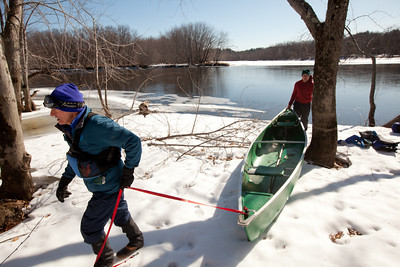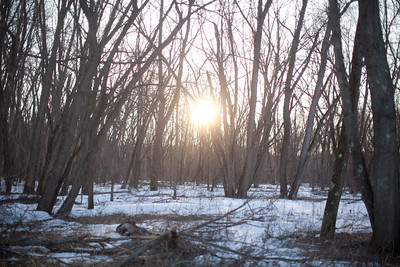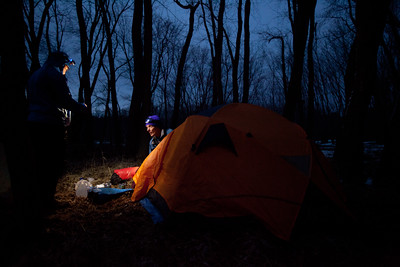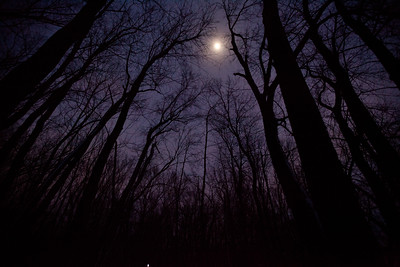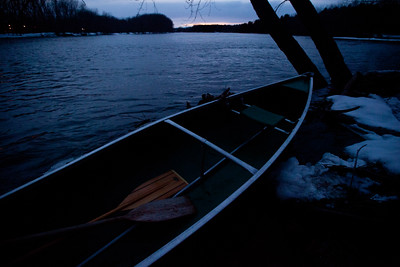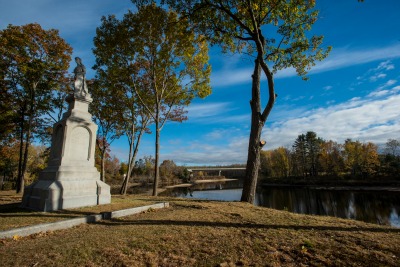Tammer Stein
By Lindsey Wojcik
Nearly 50 years ago, Israel and the neighboring Arab states fought in what is now known as the Six-Day War. Just in time for the 50th anniversary in June, young adult author Tammar Stein's The Six-Day Hero will officially be released (it is currently available on Amazon).
While The Six-Day Hero is not directly about the conflict, it does aim to transport readers to the sounds, sights, and events of West Jerusalem during that time. The story follows 12-year-old Motti, a boy who dreams of being a hero, and thinks the only way to become one is by being a soldier like his older brother (who serves in the Israeli army).
Stein, the daughter of Israeli Defense Force soldiers, recently talked to me about her writing process, what inspired The Six-Day Hero, and her advice for other authors.
Lindsey Wojcik: What made you want to pursue writing, specifically young adult fiction?
Tammar Stein: I love books, the physical feel of them, the look of them, the way that they’re gateways to making connections and getting lost in adventures. Even as a young child, I remember my mother scolding me to go outside and get some fresh air because I had been inside reading for hours. It felt inevitable for me to try and create that same kind of magic for someone else.
I never set out to write for young adults, but when my agent read my manuscript for Light Years, she felt it could be a great young adult title. The character was 20 years old; it never crossed my mind that that could be a YA title. But the themes were classic YA: figuring out who you are, who you want to be. We got great response from the YA editors and I never looked back.
LW: What is your writing process like? How has it evolved over time?
TS: My writing process used to be: sit, write, delete, and repeat 50 times. This is not the most efficient way to write a novel. Light Years, my first book, took me five years to write. It turns out that just because I knew a great book when I read it, didn’t mean I could just write a great book myself. My second novel, High Dive, was also kind of a pain to write. I wrote the whole draft of it, almost 300 pages, before realizing it just didn’t have that magic spark. And I started back on page one.
By my third novel, Kindred, I wised up. I outlined. Now I do that for all my books. Not necessarily a detailed breakdown of each chapter, but a strong, two-page outline so I don’t get lost getting from the beginning to the end. It’s harder than it sounds, but it’s helped me so much.
LW: What kind of research went into outlining and writing The Six-Day Hero?
TS: The first thing I did was read. Other than the fact that it lasted six days, I really didn’t know much about the war. So I read dozens of books on the subject. I read newspaper articles from the time period. I watched documentaries. I'm also the daughter of Israeli Defense Force soldiers, and once I had a good sense of the events, I started interviewing Israelis who had experienced the war. Some as soldiers, some as children. I ended up speaking with half a dozen Israelis, including my parents, whom I pestered on a weekly basis for more details.
LW: What made the Six-Day War an intriguing and important topic for you to write a fictional story about?
TS: In 1967, Israel teetered between existence and annihilation. By winning the Six-Day War, it averted annihilation…and began the modern dilemma of the Israeli occupation of the West Bank and the Gaza Strip. This summer (June 5-11) marks the war’s 50th anniversary.
The West Bank, the Gaza Strip, and the Jewish Settlements are constantly in the news. If you’ve ever asked yourself, “How in the world did we get into this hot mess?,” the answer is, the Six-Day War. That’s the war that started all this. This is a 50-year-old hot mess. In this book, I look at the history of the war through the eyes of the people living through it. And it's the first English book for younger readers set during the Six-Day War, giving context and perspective to the complexity the world is still trying to solve. I do believe this is a situation that will be resolved one day. We will move on. We will find a way for all these millions of people to live in peace with one another. But to do that, we have to understand how it got started.
You cannot shape the future without knowing the past. But because there are so many hard feelings, because people are tired of constantly hearing about the same conflict, there’s this tendency to just want to move on, to ignore it. Especially when it comes to kids. So there’s no one writing about it, no one publishing about it. And kids are just left in this vacuum. They hear the news, but they don’t have any basis for truly understanding it. I wanted to change that.
To be clear though, the book is not about the war. The book is about Motti, a 12-year-old boy, who wants to feel heroic. But when you read the book, you learn about the history of the war through his eyes. The violent details of war didn’t strike me as the best way to tell a kids’ story. Rather, I wrote a book about the struggles of a 12-year-old, struggles shaped by the same forces that shaped the war. I hope the book will transport young readers to the sounds, sights, and events of West Jerusalem 50 years ago.
LW: What inspired you to write it from a 12 year-old’s point of view?
TS: Motti just came to me. It’s one of the moments that felt almost mystical. I just had this scene pop into my mind: a restless, bored kid forced to sit through an assembly, desperate to get away. Motti is a scrappy boy, always looking for mischief and fun. He struggles to shine in the big shadow cast by his successful older brother, Gideon. Straight-arrow/Gideon is now a soldier in the Israeli army, and Motti is equally proud and jealous. Over the course of the next month, everything Motti knows about Israel, his brother, and himself will be put to the test. He will realize that war is not a game, and he will face harsh challenges to be the hero he always dreamed of.
LW: The Six-Day Hero will be officially released in time for the 50th anniversary of the war. How does the book honor its history?
TS: When you hear that something happened 50 years ago, there’s this reflexive feeling that it’s ancient history. That it barely matters. But I spoke with people who lived it, fought through it, and are still haunted by what happened. The whole world is still being shaped by what happened. It’s far from ancient history, and I wanted to make sure that there was something there for kids to connect to.
LW: What's next for you?
TS: The Six-Day War was just one in a chain of wars for Israel. The history of an Israeli family can really be told by tracing the family’s lives through the wars they fought. Six years later was the Yom Kippur War, and my next book is about Beni, Motti’s younger brother, with the Yom Kippur War as the setting.
LW: What's your advice for aspiring authors?
TS: My best piece of advice is to try to balance a sense of urgency with lots of patience. Both are absolutely necessary to write a book. If you don’t feel urgency, you’ll never write. It’s always much nicer to plan to do it later, in the evening, tomorrow morning, over the weekend. If you don’t feel urgency, you’ll always put it off. But you have to be patient with yourself and your work as well. Your first draft will be terrible. Your sense of urgency will shout at you to share it with your family and friends, to start sending it out to agents, to publish it as an e-book. Don’t do that. You need to go back and revise. Then you let it sit for a month (or three) and come back to it with fresh eyes. And just as you get comfortable with your patience and want to keep tinkering with your manuscript forevermore, your sense of urgency needs to rise up again and urge you to send it out and share it with the world.
To learn more about Tammar Stein, visit her official website, like her Facebook page, or follow her on Twitter @TammarStein.









